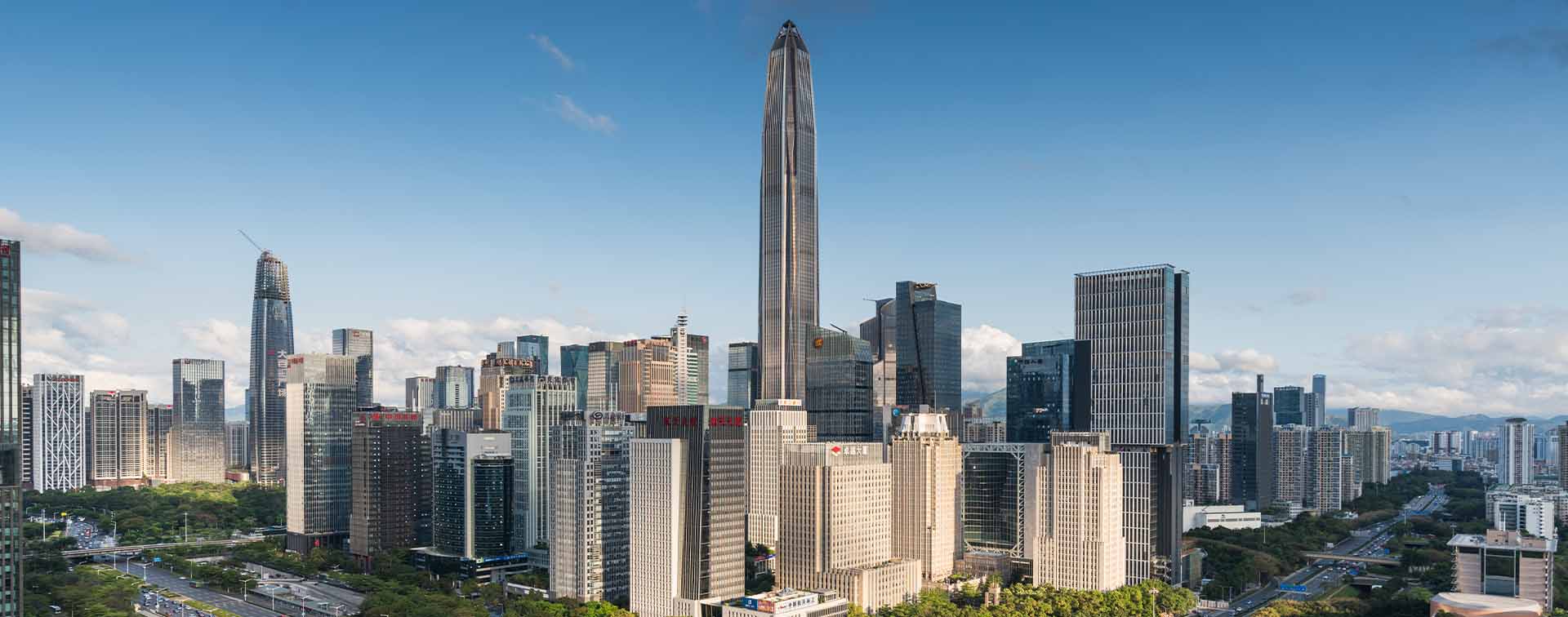
Denise Ng is Managing Partner at Henley & Partners China (Shanghai) and Hong Kong and Head of North Asia.
In just a few decades, China has undergone an economic transformation so profound that it has few parallels in history. From an impoverished, largely agrarian society in the 1970s, China has emerged as an economic superpower, boasting the world’s second-largest economy, a rapidly growing cohort of millionaires and billionaires, and 7 cities in the Top 50 World’s Wealthiest Cities, when counting Hong Kong (SAR China) and Taipei.
Nowhere is this transformation more evident than in the rise of China’s new wealth hubs — dynamic cities such as Shenzhen, Shanghai, Hangzhou, and Guangzhou that are reshaping the global economic order.
The growth in the number of high-net-worth-individual residents (those with liquid investable wealth of USD 1 million or more) in China’s leading cities has been nothing short of exceptional. Between 2013 and 2023, several of China’s major wealth hubs recorded triple-digit increases in their millionaire populations.

China’s wealthiest city Beijing, ranked 10th globally, saw 90% growth. Shanghai, ranked 11th, witnessed an 84% increase, while Shenzhen experienced a whopping 140% growth, propelling it to 27th place. Hangzhou and Guangzhou, ranking 36th and 46th respectively, recorded impressive growth rates of 125% and 110%. Hong Kong (SAR China), ranked 9th globally, remains a key player in the region’s wealth landscape. These astonishing growth rates have propelled Chinese cities up the ranks of global wealth centers.
Hong Kong’s 143,400 millionaires underscore its enduring wealth, while mainland China’s cities are catching up quickly. Beijing is now home to 125,600 high-net-worth individuals, with Shanghai close behind at 123,400. Shenzhen has amassed 50,300 millionaires, and Hangzhou and Guangzhou count 31,600 and 24,500 among their ranks, respectively.
While China’s per capita wealth still lags behind that of the USA and other developed economies, the sheer size and dynamism of its major cities point to a rapidly changing balance of economic power.
No story of China’s wealth boom is complete without a closer look at Shenzhen. In the late 1900s, Shenzhen was little more than a collection of rice paddies and villages perched on China’s southern coast, just a 50 km drive away from downtown Hong Kong (SAR China). That all changed in 1980, when Shenzhen was designated as one of China’s first Special Economic Zones.
The designation gave the city unprecedented freedom to experiment with market-oriented reforms in finance, trade, taxation, and talent attraction. Foreign investment flooded in, much of it from neighboring Hong Kong. Factories sprouted up to take advantage of abundant low-cost labor. And a new generation of entrepreneurs emerged to build companies that would become global giants.
Fast forward to today, and Shenzhen has metamorphosed into a gleaming symbol of the explosive rise of China’s cities. Now, Shenzhen is a sprawling metropolis of over 13 million people, with a per capita GDP of RMB 183,270 (USD 25,300) that ranks among the highest in China. The city is home to some of China’s most valuable companies, including Huawei, Tencent, and drone-maker DJI. Shenzhen’s tech prowess has earned it the moniker of ‘China’s Silicon Valley’, but its economy is highly diverse, spanning finance, logistics, advanced manufacturing, and services.
The scale and speed of Shenzhen’s transformation is hard to fathom. Between 1980 and 2006, the city’s GDP grew a mind-boggling 27% per year on average, rocketing from under USD 40 million in 1980 to over USD 440 billion today. Shenzhen’s GDP now surpasses that of Hong Kong, a stunning reversal of fortunes. Even more impressive is the growth in wealth — Shenzhen’s millionaire population has skyrocketed by 140% in the past decade alone, the highest growth rate of any Top 50 city.
Shenzhen’s success is all the more noteworthy given its location in the Pearl River Delta, one of the world’s most productive urban clusters. The region, which also includes the manufacturing hub of Guangzhou and the financial nexus of Hong Kong, accounts for less than 0.5% of China’s land area but generates around 10% of its GDP.
This concentration of wealth and economic might in a handful of coastal urban clusters is a defining feature of China’s economic rise. The Yangtze River Delta, anchored by Shanghai, is home to over 240 million people and a USD 4.1 trillion economy. The Beijing-Tianjin-Hebei cluster in the north is a hub for finance, tech, and services. Together, these mega-regions form the backbone of China’s economic engine.
The dynamism of these urban clusters is also reflected in their millionaire numbers. Beijing and Shanghai are now home to 125,600 and 123,400 millionaires respectively. Shenzhen and Guangzhou in the Pearl River Delta have a combined millionaire population of nearly 75,000. As these cities continue to attract talent and capital from across China and beyond, their wealth and economic clout will only grow.
The rise of China’s new wealth hubs represents a profound shift in the global balance of economic power. For much of the 20th century, wealth and economic might were concentrated in the cities of the West — New York, London, Paris, Tokyo. But as China’s economy has surged, so too has the wealth and influence of its major cities.
This shift is already reshaping patterns of trade, investment, and innovation around the world. Chinese cities are emerging as new centers of global finance, technology, and entrepreneurship. They are forging new trade and investment ties with emerging markets across Asia, Africa, and Latin America. And they are increasingly shaping the frontiers of global innovation, from artificial intelligence to renewable energy.
Of course, challenges remain. China’s economy is grappling with slowing growth, an aging population, and rising debt levels. Trade tensions with the USA and other advanced economies threaten to dampen the dynamism of its major cities. And as China’s wealth gap widens, its cities will need to find ways to ensure that the benefits of growth are more evenly shared.
But if the story of China’s new wealth hubs teaches us anything, it is the power of visionary leadership, smart policymaking, and entrepreneurial drive to transform entire societies. Cities such as Shenzhen, Shanghai, and Beijing will undoubtedly play an increasingly central role in shaping the 21st-century global economy. With the growth rates and trajectories we’ve seen, the only question is how far and how fast China’s wealth hubs will rise.